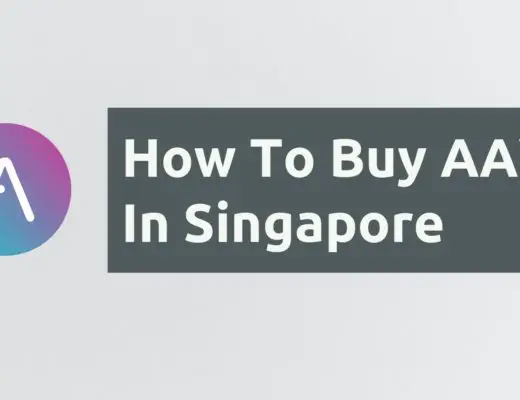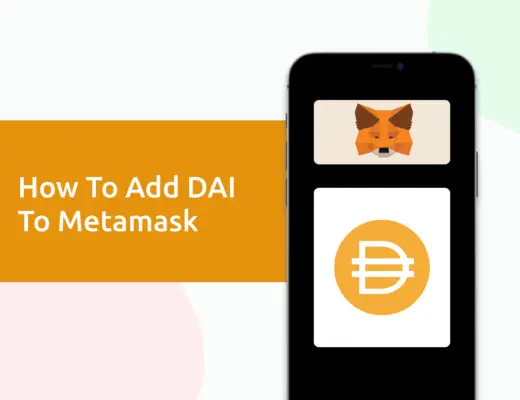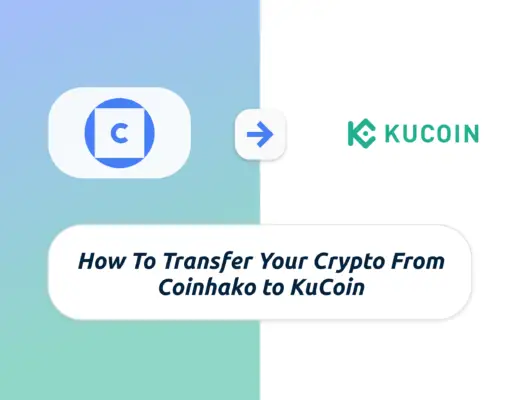Last updated on April 17th, 2023
The Consensys zero-knowledge Ethereum Virtual Machine (zkEVM) (now rebranded as Linea) launched its testnet on the 28th of March, which was just one day after Polygon’s zkEVM launch.
Since it’s still in the testnet, you could possibly qualify for Consensys’ future airdrop without incurring any costs, and here are some of these steps you can do.
If you prefer a video guide, you can check it out here:
Contents
Step #1: Bridge your funds to Linea’s testnet
We are using testnet tokens, and you can get some Goerli ETH from a faucet, and then bridge it to this Layer 2.
The bridge that we’re using is the testnet version of Hop Exchange, and we can bridge our funds from Goerli to Linea.

You may need to pay some gas fees for this transaction, and depending on the congestion, it may take a while before your funds are bridged over to Linea.
If you need some Goerli ETH, check out my guide here where I show you some methods I use to get these precious tokens.
Step #2: Add the Linea network to Metamask
To view the tokens that you have on the Linea testnet, you will first need to add this network to your Metamask wallet.
This can be done by going to Linea’s documentation, and copying the network details that you see here:

Now that we can view our tokens, the next step is to perform lots of transactions on the network.
You can view all the decentralised applications that you can interact with in Linea’s ecosystem guide.
Step #3: Uniswap
You can swap tokens using Linea’s fork of the Uniswap decentralised exchange.
Right now, the main swap you can perform is wrapping ETH on Linea to wrapped Ethereum.

It may be possible to add liquidity in the future, so that’s something you may want to keep an eye out for.
Step #4: MES Protocol
MES Protocol is another swap platform, but you can perform both market and limit orders.
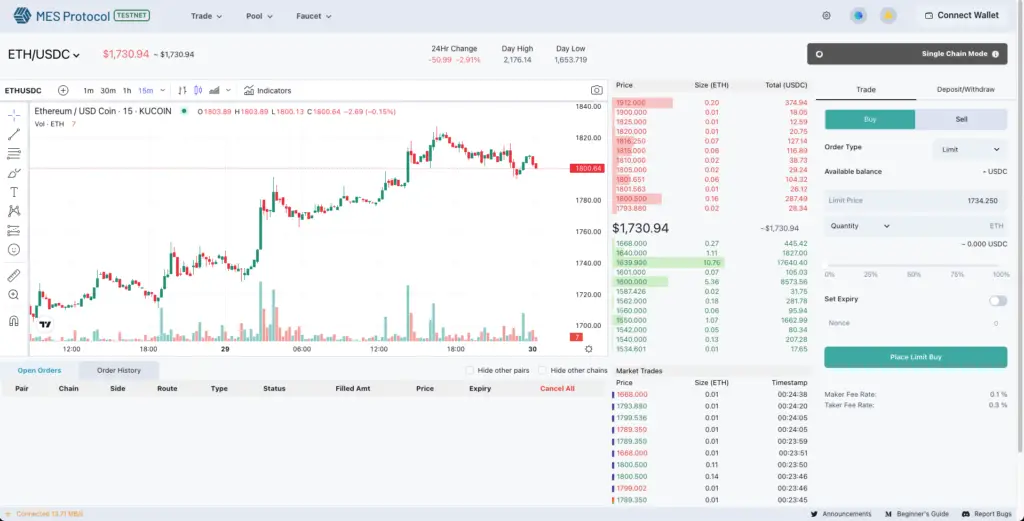
However, I experienced some issues where I could not trade my Ethereum for USDC on this platform.
Step #5: ghostNFT
I’m not too sure what exactly this platform does, but I provided some ETH as collateral to certain NFTs.
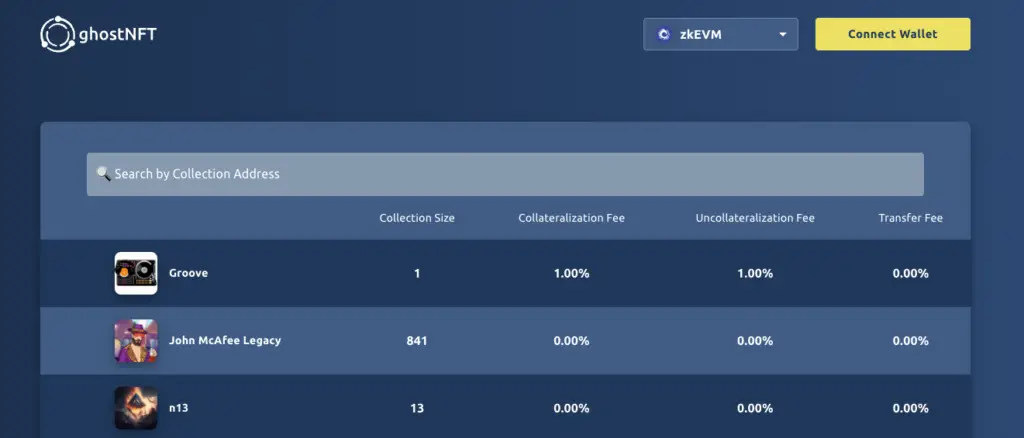
ghostNFT now has a free NFT mint,
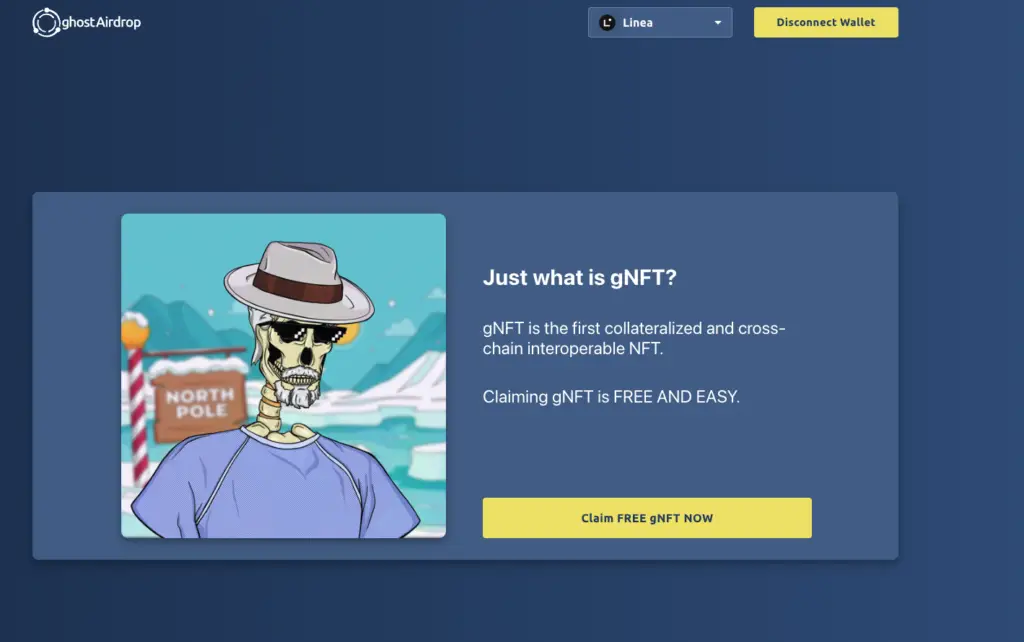
and here was the NFT that I received.

Step #6: FWDX
This is a P2P platform, and I’m not too sure how it exactly works either, but I just minted some BTC and created an order.
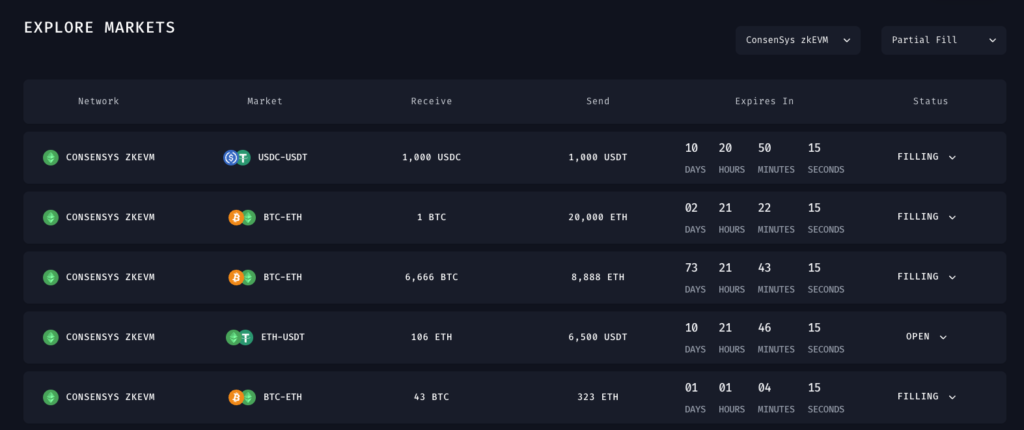
I had some problems with filling an order, so I only created an order.
Step #7: Orbiter Finance
This was not covered in the video, but you can use Orbiter Finance to bridge your funds from Linea to other testnet layer 2s, like Taiko or Scroll.

The process is a bit wonky right now, and I currently have some ETH that I bridged from Scroll to Linea and it’s stuck as pending.

Orbiter Finance may also have a future airdrop, so you can try bridging your funds on the mainnet too!
Do you find it overwhelming to track all of the different airdrops that are available?
I’ve created an airdrop tracker of all the different networks and projects that I’m keeping an eye on,

and you can gain access to it by signing up for my Substack newsletter! The link to this Notion site will be included in the welcome email.
Step #8: Jumper Exchange
Another cross-chain bridge you can try out is Jumper Exchange. Similar to Orbiter, it seems that you can bridge your funds on Linea to either Goerli or the Polygon testnet.

Step #9: EchoDEX
You can swap tokens and add them into a liquidity pool on this decentralised exchange.
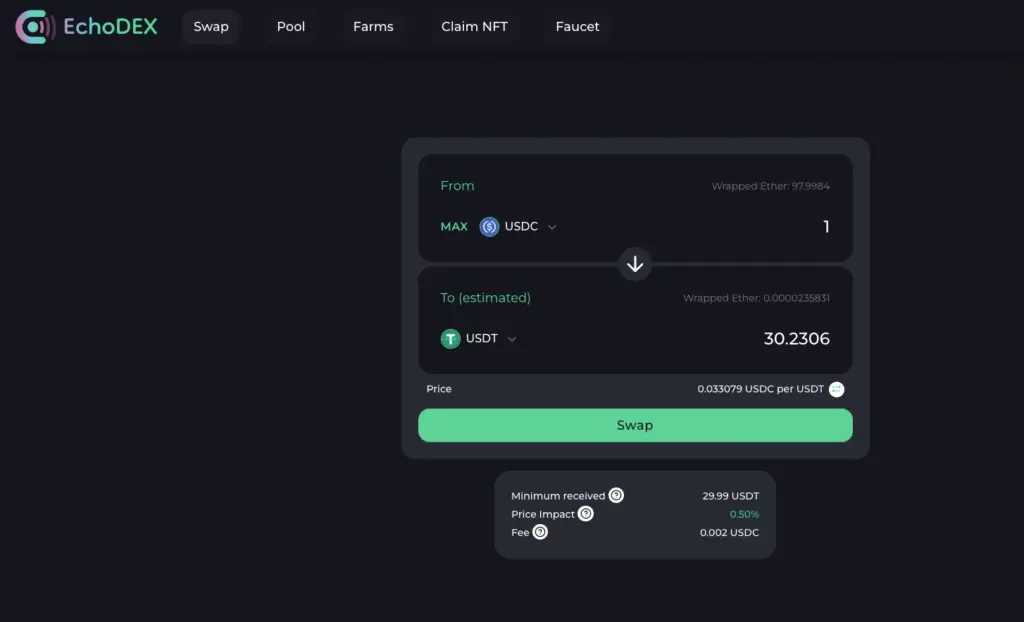
What’s more, you can claim a free NFT too.
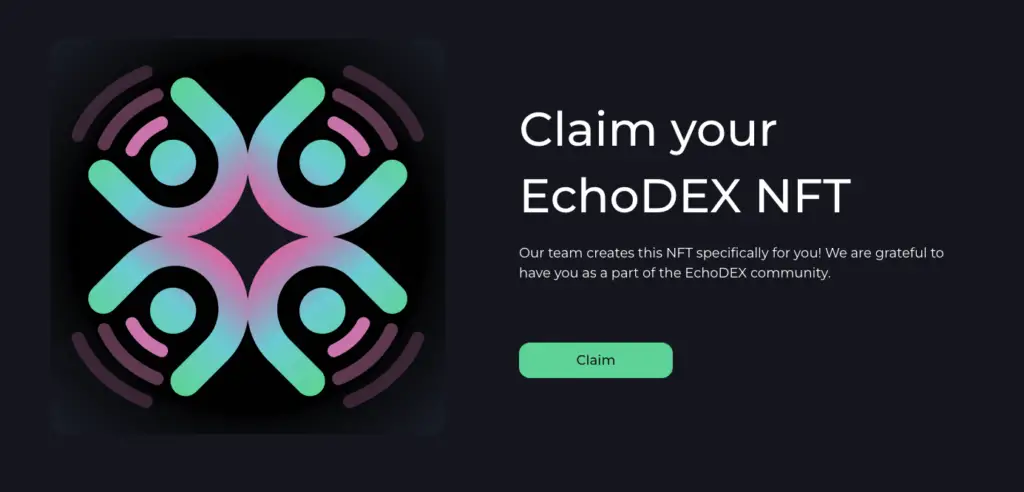
Conclusion
The key is to carry out various transactions so that your wallet address will be whitelisted as an active contributor to the network, which could give you a greater allocation of the token.
Are you passionate about personal finance and want to earn some flexible income?


